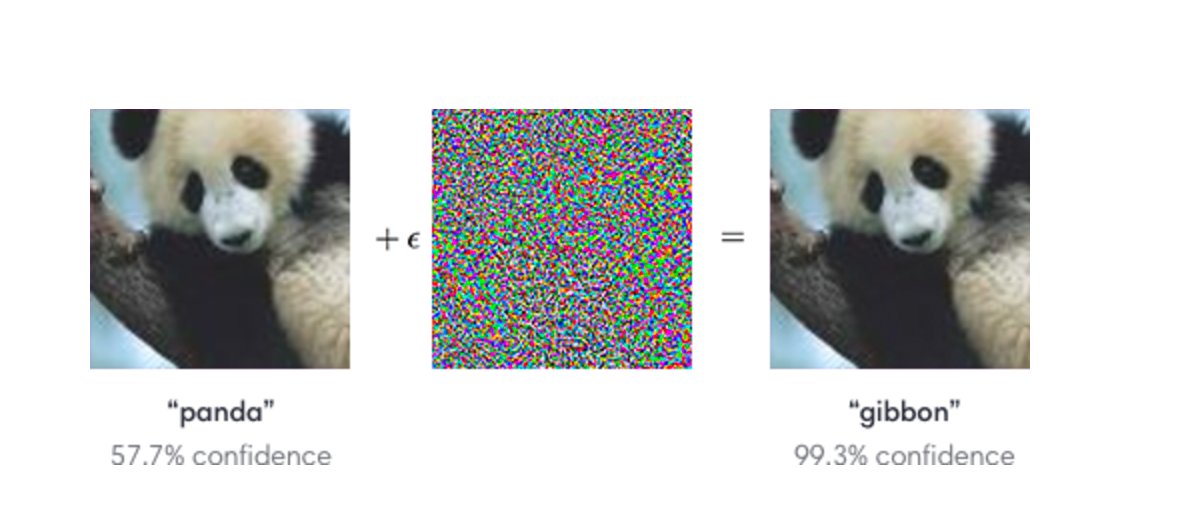Month: August 2017
Wettersave – Realizing Weather Forecasts with Machine Learning
Introduction Since the internet boom a few years ago companies started to collect and save data in an almost aggressive way. But the huge amounts of data are actually useless if they are not used to gain new information with a higher value. I was always impressed by the way how easy statistical algorithms can…
Developing a Chat Server and Client in the Cloud
Introduction During the Lecture “Software Development for Cloud Computing” I decided to develop a Cloud based Chat Application with the help of IBM’s Bluemix. The Application consists of 3 separate Applications: Chat Server: Allows Clients to connect to it, manages the Chat-Channels/Users and relays messages sent from a client to the other clients in the…
Moodkoala – An intelligent Social Media application
Welcome to our blog post ‘Moodkoala – An intelligent Social Media application’. The following provides an overview of our contents. Contents Introduction – The idea behind Moodkoala – Technologies overview Technologies – Frontend and Backend – Bluemix Services – Liberty for Java – Natural Language Processing – Tone…
IoT with the Raspberry Pi – Final application – Part 3
In our final application, we have put together a solution consisting of four different modules. First, we have again the Raspberry Pi which raises and sends the sensor data using the already presented Python script. We changed the transfer protocol in the final application to MQTT, which gives us more possibilities in different aspects, but…
IoT with the Raspberry Pi – Node RED – Part 2
As already stated in the introduction to our project, we decided to create a Cloud Foundry-Application in IBM Bluemix. We used the boilerplate called “Internet of Things Platform Starter”. Using this boilerplate Node Red is deployed initially. Node Red is a software tool for graphical dataflow programming. It was developed by IBM and is open…
IoT with the Raspberry Pi – Part 1
Introduction to the project As part of the lecture “Software Development for Cloud Computing” in summer term 2017 we primarily wanted to work on a project that has something to do with the Internet of Things. In more detail we decided to measure air quality using a Raspberry Pi with the MQ135 Gas sensor and…
How we integrated IBM Watson services into a Telegram chat bot
Introduction IBMs artificial intelligence ‘Watson’ on the IBM Bluemix platform offers a wide range of cognitive services like image and audio analysis among other things. During our semester project in the lecture ‘Software Development for Cloud Computing’ we integrated useful Watson services into a Telegram chat bot to provide a convenient form of direct access…
How to build an Alexa Skill to get information about your timetable
Introduction With information technology today we can easily get any kind of information someone is interested in. Whether you want to know how the weather will be tomorrow or how to cook your favorite cake, you can find out almost anything today. But as a user it’s getting more important to gain information quickly, and…

FOOLING THE INTELLIGENCE
Adversarial machine learning and its dangers The world is led by machines, humans are subjected to the robot’s rule. Omniscient computer systems hold the control of the world. The newest technology has outpaced human knowledge, while the mankind is powerless in the face of the stronger, faster, better and almighty cyborgs. Such dystopian visions of…
Predictive Policing – eine kritisch-negative Vorhersage
In diesem Blogpost möchte ich auf die Gefahren, die Predictive Policing verursachen könnte, eingehen wenn es als wissenschaftlich fundiert angesehen und bedenkenlos eingesetzt wird. Predictive Policing bedeutet ‘vorausschauende Polizeiarbeit’ und ist nicht erst seit dem Zehn-Punkte-Plan von Martin Schulz und der SPD ein beliebtes Buzzword im Zusammenhang mit Wohnungseinbrüchen. Dabei wird versucht, bei Delikten Muster…

You must be logged in to post a comment.